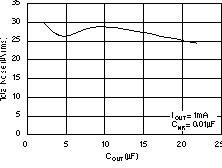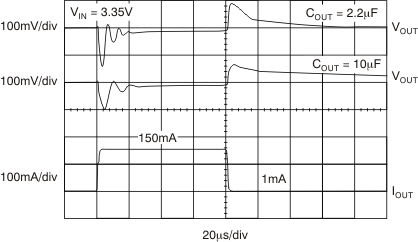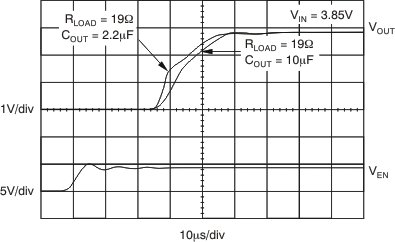ZHCSOY3L January 2005 – February 2022 TPS799
PRODUCTION DATA
- 1 特性
- 2 应用
- 3 描述
- 4 Revision History
- 5 Pin Configuration and Functions
- 6 Specifications
- 7 Detailed Description
- 8 Application and Implementation
- 9 Power Supply Recommendations
- 10Layout
- 11Device and Documentation Support
- 12Mechanical, Packaging, and Orderable Information
封装选项
机械数据 (封装 | 引脚)
散热焊盘机械数据 (封装 | 引脚)
- DRV|6
订购信息
6.6 Typical Characteristics
at TJ= –40°C to +125°C, VIN = VOUT(nom) + 0.3 V or 2.7 V (whichever is greater), IOUT = 1 mA, VEN = VIN, COUT = 2.2 μF, and CNR = 0.01 μF (unless otherwise noted); for TPS79901, VOUT = 3.0 V; typical values are at TJ = 25°C
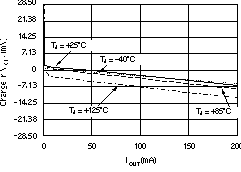
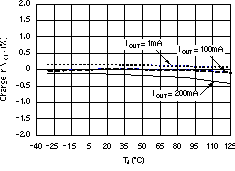
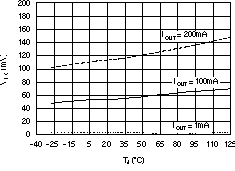
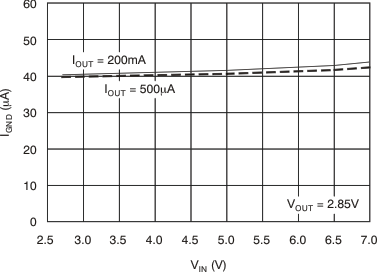
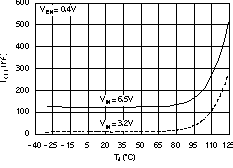
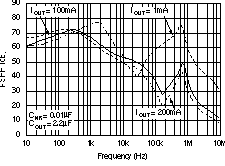
| VIN – VOUT = 0.5 V |
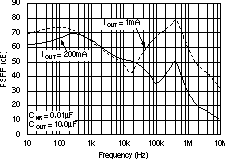
| VIN – VOUT = 1.0 V |
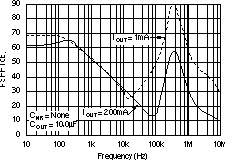
| VIN – VOUT = 1.0 V |
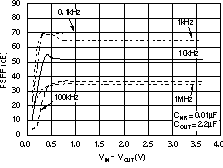
| IOUT = 100 mA |
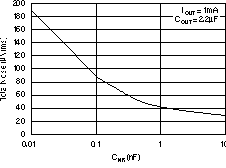
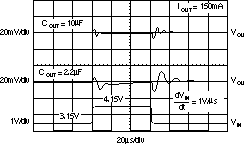
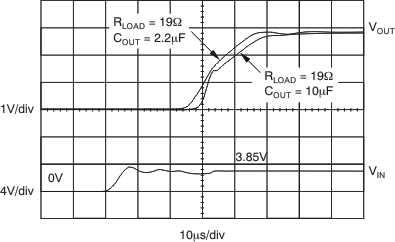
| VEN = VIN |
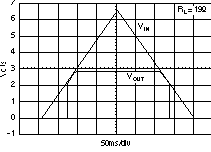
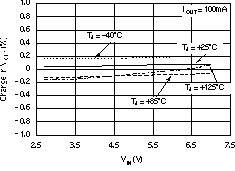
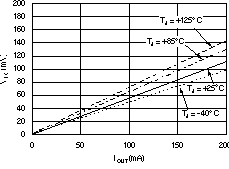
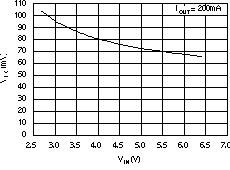
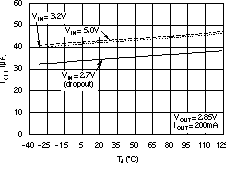
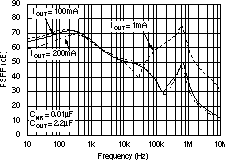
| VIN – VOUT = 1.0 V |
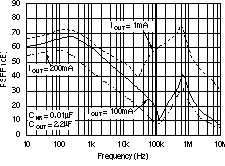
| VIN – VOUT = 0.25 V |
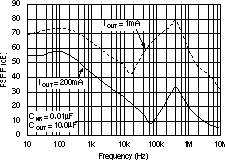
| VIN – VOUT = 0.25 V |
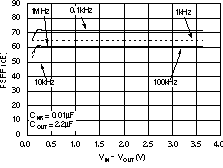
| IOUT = 1 mA |
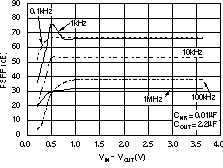
| IOUT = 200 mA |
